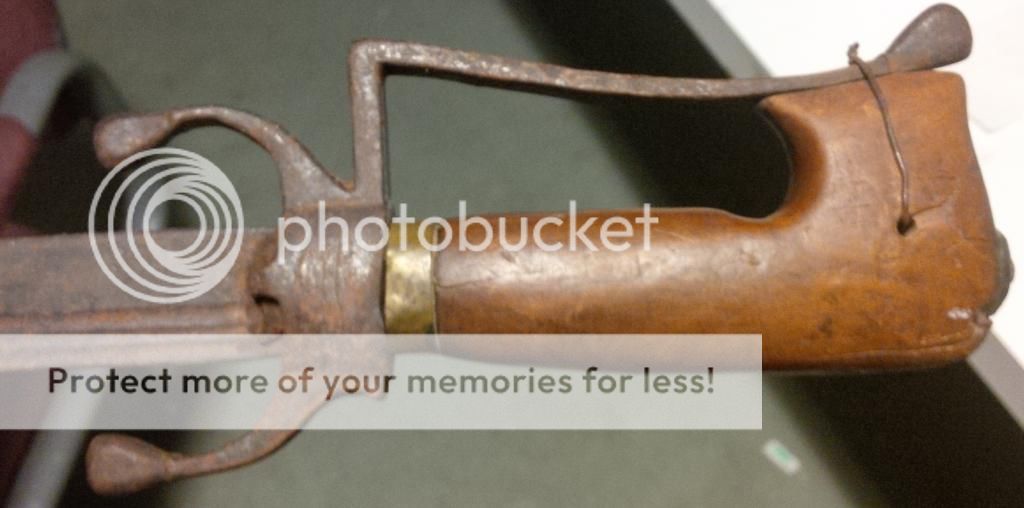- Joined
- Aug 16, 2011
- Messages
- 1,386
Thank you! If I had a liiiiiiiiiittle more space I'd organize the knives by region rather than all willy nilly like they are know.
The BladeForums.com 2024 Traditional Knife is available! Price is $250 ea (shipped within CONUS).
Order here: https://www.bladeforums.com/help/2024-traditional/

The guard on that Nimcha look remarkably similar to the guards on Howard Wallace's Liberty series knives. Not the handguard part but on the blade.
I wonder how these forward curving guards would be used in swordplay...




